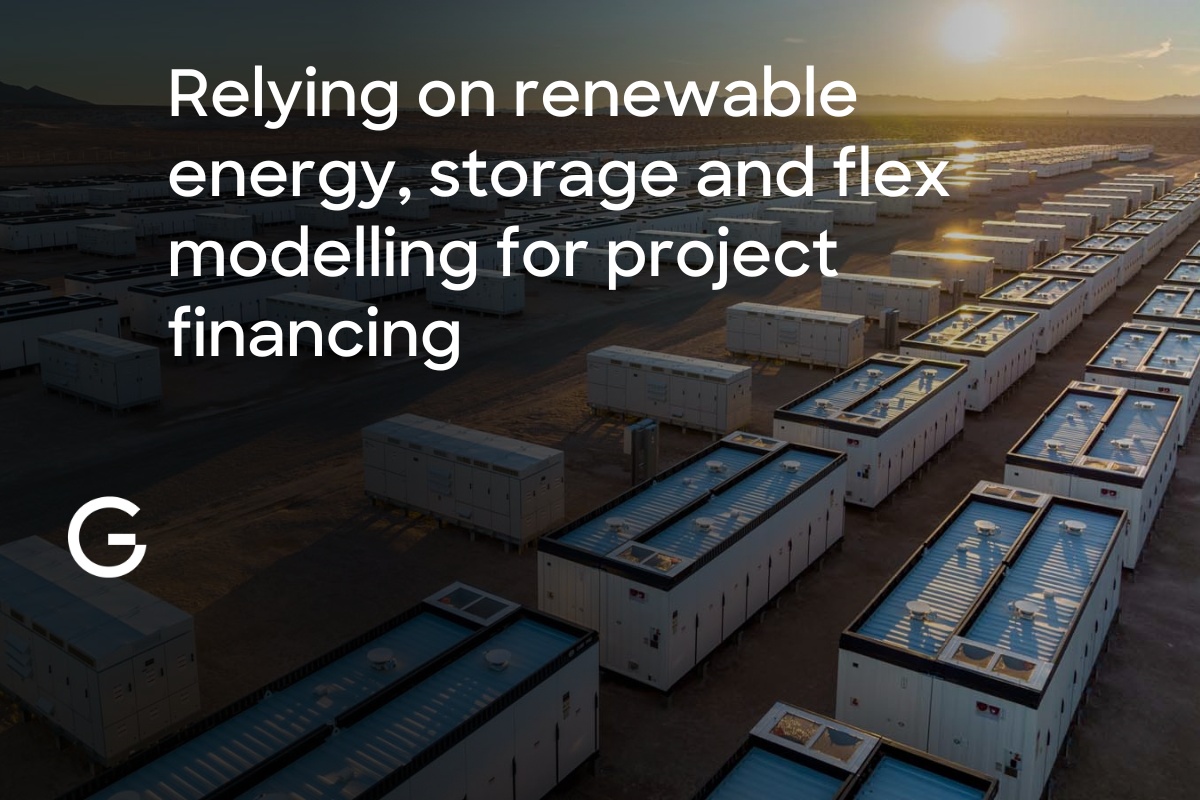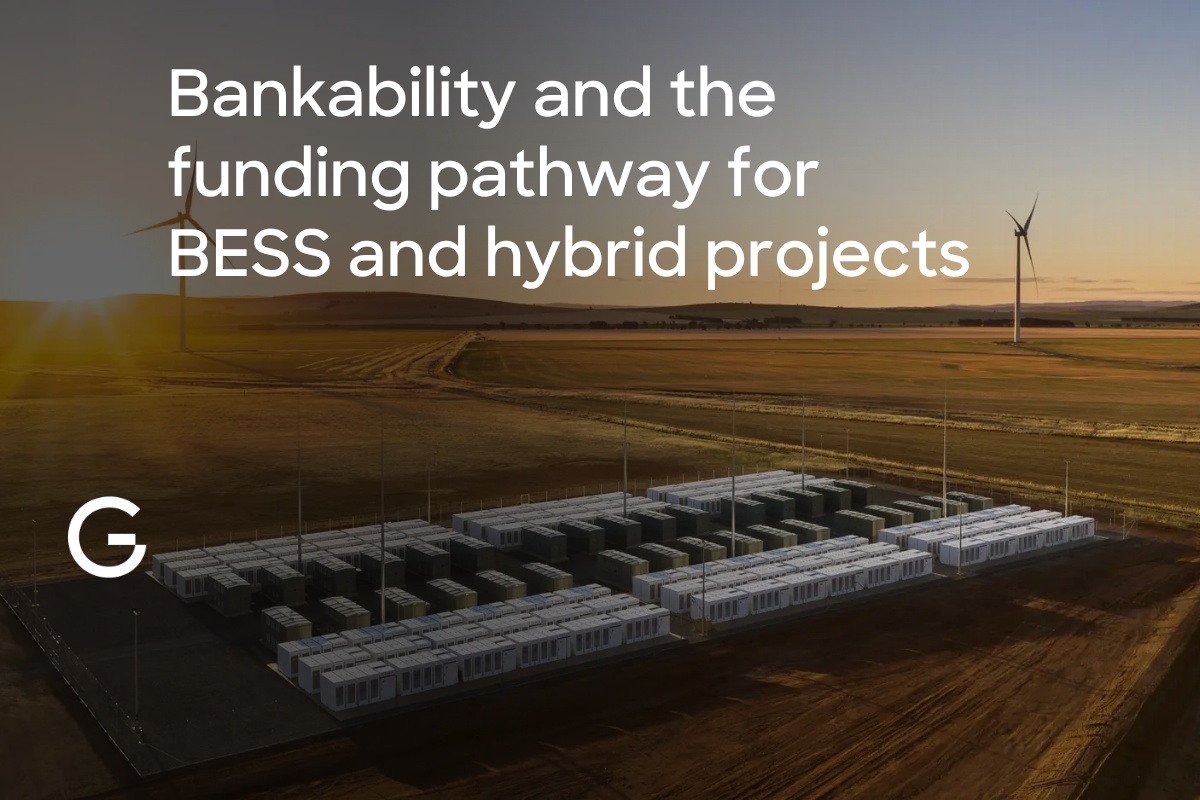Behind the meter is back!

Overview
Recently we have seen a change in momentum for behind the meter style energy projects in the UK, including helping Gridcog clients model some seriously interesting projects in this space. This week National Grid ESO released their latest Future Energy Scenarios (FES), these are their views on the emerging technology mix and development of the UK grid. Behind the meter generation and flexibility was a big theme this year - read on to get an idea of why we think it’s going to be big.
But first - what do we mean by behind the meter?
Any asset co-located with load, usually these are smaller sites and connected to the distribution network.
Where did it go and why is it coming back now?
Behind the meter flexibility and generation was a big topic in the UK in the early to mid 2010s. This was in part enabled via subsidies (FiT and ROC) for renewable generation and ancillary markets such as Static FFR. The FiT and ROC subsidy schemes ended in the late 2010s, and this coincided with an ever growing fleet of large utility scale batteries. Batteries have been able to deliver ancillary services across an increasing number of markets with very high metering requirements, these requirements also inhibited a number of behind the meter assets from participating.
Recently a few factors have reignited interest and the commercial case for behind the meter generation and flexibility, a few of these include:
- Elevated underlying electricity prices - the higher underlying price of wholesale electricity, in part due to Russia’s illegal invasion of the Ukraine, has made energy independence a pertinent topic and higher prices have accelerated the commercial case for renewable generation assets. Excluding large offshore wind farms, most renewable energy assets are now being built subsidy-free with 2023 residential solar installations on track to exceed 1GW this year.
- Fleet electrification - with almost 1 million Electric Vehicles on the roads in the UK and the sale of ICE vehicles prohibited from 2030, energy storage and flexibility potential in vehicles will become a serious energy asset. Smart charging and vehicle to grid, in particular for large vehicle fleets, have the potential to deliver vast benefits to the grid and returns to asset owners; those who are keeping pace with this change are starting to realise this.
- Price cannibalisation and negative within-day electricity prices - as recently as two weeks ago the UK had 17 hours of negative Day Ahead prices in a row. As more renewables come online this is only going to become more common, strengthening the case to co-locate renewable generation with flexible loads to create a natural hedge against these low prices.
- Re-emergence of Static FFR market - Static FFR markets have restarted in the UK earlier this year and we are seeing a number of DSR units participating in that service.
So, what has the National Grid ESO’s Future Energy Scenarios got to say about this?
The UK is already one the UK is already one of the most rapidly decarbonising grid’s in the world, and is aiming to run a carbon free electricity grid by 2035. In line with working to achieve this the FES are predicting enormous build out of wind and solar capacity; today we have 35GW of wind and solar and the FES scenarios has this ranging between 94GW-178GW by 2035.
With an increasingly intermittent and renewable grid it isn’t surprising that some of the key themes of this year’s FES centre around distributed energy flexibility and generation.
Distributed and co-located generation:
Co-locating generation with load has many benefits, starting with the avoidance of transmission and distribution losses. Additionally, the UK has a number of challenges with long connection queues for new grid connections, making maximising existing grid connections often the quickest way to get new generation to market.
In two of the more likely (in our view) FES scenarios Leading the Way (LW) and Consumer Transformation (CT) distributed connected generation will more than double from today by 2035, with over 80GW of distributed connection generation in LW from just over 30GW today. A large portion of this is from solar with the FES scenarios seeing between a 200-400% increase in installed solar capacity by 2035.
Such a rapid build out of renewables is exciting, especially from a decarbonisation perspective, but will bring with it new challenges including sustained periods of negative pricing and renewable curtailment. As a result, the business case to co-locate this generation with flexibility or load becomes much stronger, both from an energy system efficiency perspective and to mitigate the risk of stranded assets.

Electrification of transport and vehicle to grid:
The electrification of transport is a very significant theme of this year’s FES, and this aligns with many of the projects that Gridcog clients are modelling in this part of the world. How these vehicles charge, and discharge, into the grid will be a big determinant of both peak demand, total energy flexibility and in turn form a core part of the vehicle electrification business case.
The FES has smart charging, which is the charging of vehicles in line with market price signals, where this be via Day Ahead energy markets or time of use tariff structures, reducing peak demand by up to 15GW by 2040 (LW).
And excitingly, vehicle to grid assumes a huge spot in the FES with it delivering 20GW of flexibility by 2035 in the Leading the Way scenario. This is mega. For context the existing GB battery storage fleet is currently just over 3GW, so this would be almost 7x larger than that market today in just under 12 years, from assets whose primary purpose was to be a vehicle rather than an energy asset.
We also think the V2G market will be a pivotal part of the energy transition, with the first movers in this space most likely large fleets e.g. school buses, rubbish trucks and delivery vehicles.

Demand side flexibility and storage:
Demand side response has been very topical in the UK following the recent Demand Side Flexibility Service last winter. This year the FES builds on that theme and envisages that DSR could deliver over 13GW of flexibility by 2050 (CT) and takes a deep look at the potential for flexibility from heat electrification.
Finally, we couldn’t talk about flexibility without mentioning the importance of energy storage both at the utility and behind the meter scale. Storage is key to ensuring security of supply and providing grid balancing support; for behind the meter projects it can also provide a route to store excess renewable generation when market prices are low or negative.
The FES has more than 47GW of storage operational by 2050 (CT and LW), including 18GW connected at the distribution level. They also predict that the duration of battery storage is likely to increase to between two and four hours, with most batteries in the UK currently one hour in duration.

End:
Some of the numbers in this year’s FES are punchy, but bold action is required to further decarbonise our electricity system. Irrespective of which scenario you look at, we think behind the meter is very much back and are aligned with National Grid ESO that this part of the market is about to grow enormously! Stay tuned for some further content from us showing how you can model energy projects that include co-location, vehicle to grid and DSR using the Gridcog software.
1. Image sources: National Grid ESO, FES 2023 https://www.nationalgrideso.com/document/283101/download







